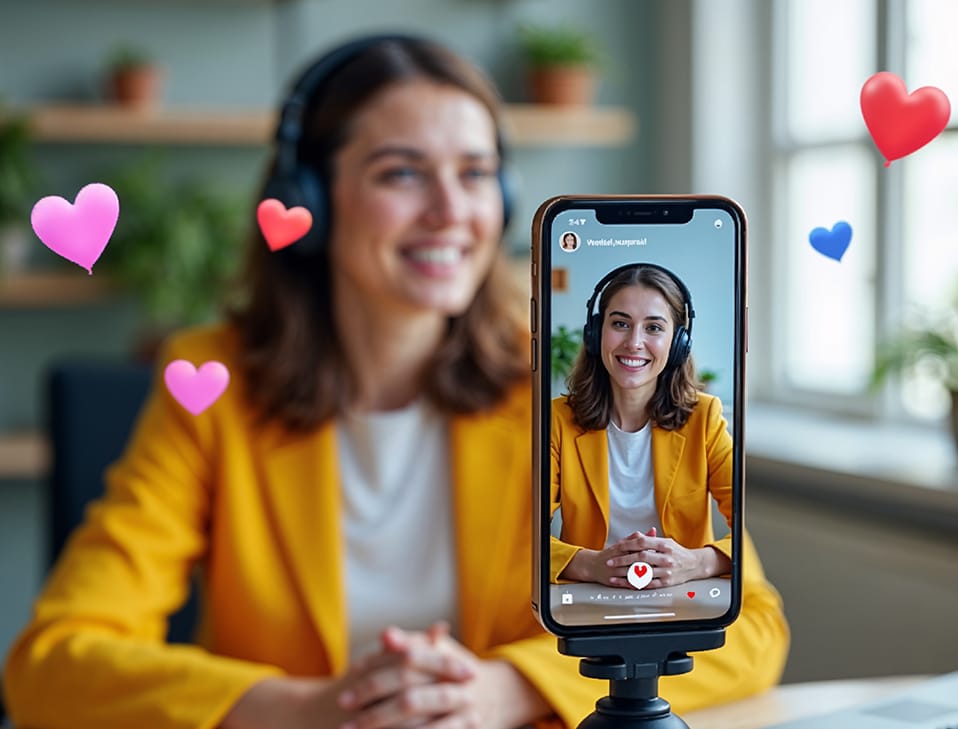E-commerce Marketing on WhatsApp: Tactics That Drive Sales E-commerce Marketing on WhatsApp is transforming how brands connect with customers by […]
Blog
LinkedIn Ads Deep Dive: How to Target Decision Makers for B2B Success In today’s hyper-competitive B2B landscape, reaching the right
What Is User-Generated Content (UGC)?, Types Of User-Generated Content Strategy
What Is User-Generated Content (UGC)?, Types Of User-Generated Content Strategy What Is User-Generated Content (UGC)? User-Generated Content refers to any
Voice Search Optimization: Preparing Your Digital Marketing Strategy For The Era Of Smart Assistants Voice search is everywhere, and it’s
The Rise Of Social Commerce: How Social Media Platforms Are Redefining Online Shopping
The Rise Of Social Commerce: How Social Media Platforms Are Redefining Online Shopping Over the past two decades, social media
Predictive Analytics in Marketing: Forecasting Trends and Customer Behavior for Proactive Strategies
Predictive Analytics in Marketing: Forecasting Trends and Customer Behavior for Proactive Strategies Ever walked into a kirana store, and the
B2B Digital Marketing: Strategies For Lead Generation And Nurturing In A Digital-First World
B2B Digital Marketing: Strategies For Lead Generation And Nurturing In A Digital-First World In this digital-first era, B2B digital marketing
Breaking the Algorithm: How Social Media Platforms Shape Your Marketing Strategy
Breaking the Algorithm: How Social Media Platforms Shape Your Marketing Strategy In today’s digital-first world, social media platforms have become
The Rise of Micro-Influencers: Why They Outperform Celebrities in Niche Markets.
The Rise of Micro-Influencers: Why They Outperform Celebrities in Niche Markets. In India, influencer marketing is evolving rapidly, and the
Scaling Your Business With Hyper-Targeted Ads In Performance Marketing
Scaling Your Business With Hyper-Targeted Ads In Performance Marketing In today’s fast-paced digital world, businesses are constantly seeking ways to









